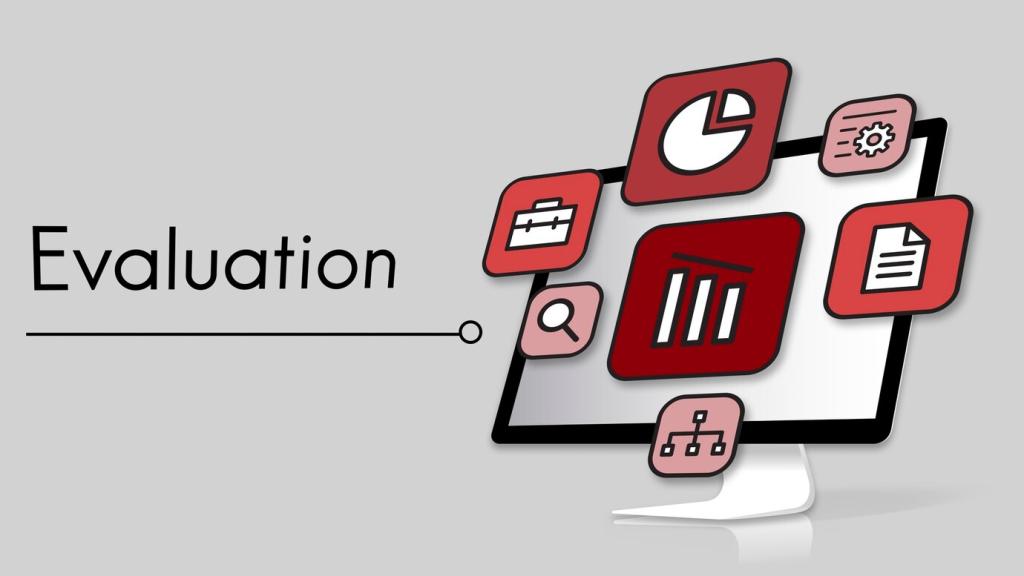How Quantum Computing Is Rewriting IT’s Future
Chosen theme: The Role of Quantum Computing in IT Evolution. Explore how qubits, hybrid workflows, and quantum-safe security are reshaping infrastructure, software lifecycles, and business value—today and over the next decade. Join the conversation and help shape what comes next.

From Bits to Qubits: A Gentle Primer for IT Leaders
A qubit can represent multiple states simultaneously, and entanglement links qubits in ways classical bits cannot emulate. For IT teams, this means new complexity classes and solution spaces, not just faster servers or bigger clusters.
From Bits to Qubits: A Gentle Primer for IT Leaders
An engineer recalls babysitting a cryostat at 3 a.m., watching a calibration script crawl across a console. The moment coherence stabilized felt like watching a new protocol boot successfully for the first time.




Cloud Access, Queues, and Orchestrators
Public clouds now offer access to multiple quantum backends with job queues, circuit compilers, and SDKs. Integrate quantum steps into pipelines that schedule, monitor, and retry tasks alongside traditional microservices.
The Variational Workflow Pattern
Hybrid algorithms optimize parameters on classical hardware while quantum circuits estimate objective values. Think of it as a feedback loop: submit circuit, measure, update, and iterate until your metric stabilizes within tolerance.
Tell Us Your Pilot Idea
What hybrid use case could accelerate your roadmap—portfolio risk, route optimization, or feature selection? Comment with a candidate workload and constraints. We’ll spotlight practical design patterns in future posts.
Algorithms That Move the Needle for IT
Variational quantum eigensolvers and the quantum approximate optimization algorithm tackle combinatorial problems by encoding costs into circuits. Even on noisy hardware, they offer promising heuristics for scheduling, routing, and resource allocation challenges.
Grover’s algorithm offers quadratic improvements for unstructured search, while amplitude estimation accelerates Monte Carlo-like tasks. IT planners should explore workflows where partial speedups compound within larger pipelines to deliver meaningful overall gains.
A team modeled warehouse pick paths with QAOA, comparing energy and latency costs against heuristics. Though results were preliminary, the hybrid approach uncovered patterns that inspired classical improvements beyond the quantum pilot.


Data, DevOps, and the Quantum SDLC
Treat circuits as first‑class assets: store IR, parameters, seeds, backend metadata, and calibration snapshots. Reproducibility depends on preserving environment details and measurement counts, not just the circuit diagram itself.
Data, DevOps, and the Quantum SDLC
Automated tests should validate distributional properties and tolerance bands, not single values. Gate deployments on statistical checks, simulator parity, and regression baselines tied to the same transpilation settings and shot budgets.
Hardware Reality: Capabilities, Trade‑offs, and Constraints
Current devices are noisy, with limited qubit counts and error rates that constrain circuit depth. Error mitigation helps today; fully fault‑tolerant error correction will unlock scalable algorithms—but demands significant overhead.


Hardware Reality: Capabilities, Trade‑offs, and Constraints
Abstracting circuits through intermediate representations and portable SDKs protects against lock‑in. Build compatibility layers and benchmarking harnesses to compare backends on fidelity, queue times, and cost per effective sample.
Business Value, KPIs, and the Road Ahead
Track time‑to‑solution, energy per workload, solution quality versus baselines, and developer productivity. For pilots, define decision thresholds that justify scaling or pivoting based on measurable improvements, not hype.
Business Value, KPIs, and the Road Ahead
A research group explored molecular energies with variational methods, benchmarking against classical chemistry packages. Even partial concordance informed candidate pruning, trimming weeks from discovery cycles and guiding better allocation of compute budgets.


